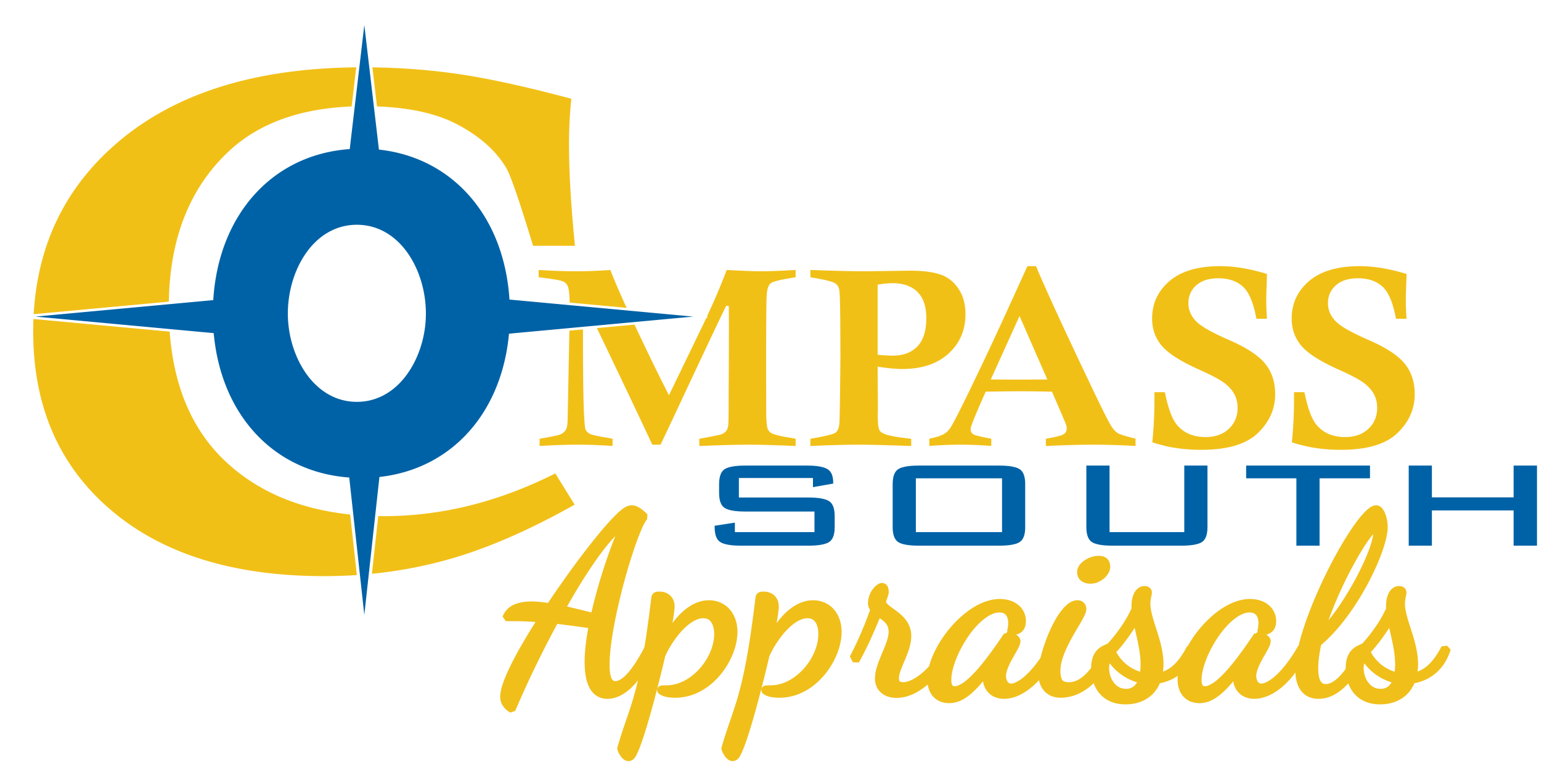April 24, 2019
Written by: Austin Rizer Certified General Appraiser with Compass South Appraisals
Applying correct data for replacement cost is a vital element to appraising a poultry facility, also referred to as a confined animal feeding operation. Replacement cost is defined by The Dictionary of Real Estate Appraisal, 6th Edition, as ‘The estimated cost to construct, at current prices as of a specific date, a substitute for a building or other improvement, using modern materials and current standards, design, and layout. In each poultry operation there are numerous types of real estate, such as: land, poultry houses, and fixtures (drinkers, feed lines, cool cells, generators, wells, incinerators, fans, etc.). Fixtures are typically defined as ‘an article that was once personal property but has since been installed or attached to the land or building in a rather permanent manner so that it is regarded in law as part of the real estate’. Typically, the economic life of fixtures in a poultry house is significantly shorter than that of the structures themselves, which is why they must be separated when a valuation is performed.
Below is a typical two-house site plan for a poultry facility, provided byThe Poultry Engineering, Economics & Management Newsletter, published by Auburn University:
To determine the replacement cost, some appraisers place the most reliance on a commercial guide known as the Marshall Valuation Service (MVS), which is a complete, authoritative appraisal guide for developing replacement costs, depreciated values, and insurable values of buildings and other improvements, which has been recognized as an authority in the appraisal field since 1932.
However, appraisers should attempt to collect data from builders themselves, such as John Murphy Construction for buildings and Hall’s Poultry Farm & Equipment for fixtures (for properties in South Carolina), to determine the construction cost. We at Compass South Appraisals have found that when market data is compared to the data from the MVS, this service will typically overestimate the actual costs of the building itself. In fact, MVS states, ‘No book or service can be more than a guide to the appraiser. Each cost must be considered in light of actual conditions encountered in a specific appraisal. Do not hesitate to modify costs in the manual (MVS) if such procedure seems logical; however, good judgment is backed by experience and tempered by logical reasoning. This service, as with any data source, can only be a guide to the thought processes of the appraiser, who alone is finally responsible for the finished estimate of cost or value.’
Article written by Austin Rizer, Certified General Appraiser with Compass South Appraisals.


